PODCAST: Protecting Soybean Pod Fill
Cody Pettit, CCA Soy Envoy and Pioneer field agronomist, joins the podcast this week to discuss soybean growth stages and how to protect pod fill during crucial time periods. We take a look at soybean growth stages, how to identify which growth stage your plant is in, and common pests and diseases that could negatively impact your soybean pod fill and ultimately yield. Listen to learn more. ILSoyAdvisor Podcasts · Protecting Soybean Pod Fill
Understanding Plant Hormones in Soybeans
As agronomists or producers, it’s our responsibility to understand how to properly manage a soybean crop for a given field’s conditions each season. Our goal should be to reduce as much stress to the soybean plant as we can, ultimately creating the right hormone balance. However, there are always situations that cause issues and for this we must continue to learn and develop on-farm trials to better understand how we should react when faced with a soybean agronomic issue. Stress on a soybean plant requires the extra use of stored energy to minimize the impact on the plant. When [...]
Dry Conditions and Yield Predictions
We know what happens when soybeans are planted in dry conditions, they simply cannot germinate. That has not been the case this past spring, but now we are looking at some hot weather in the forecast. This year’s planting conditions made for a slow start on soybeans and they are relatively shorter than what we are used too, so how will soybeans respond? Until recently we did not receive a lot of moisture in many parts of Illinois. That, coupled with a tough May, did not allow for much soybean growth. During vegetative growth, soybeans can withstand moisture stress [...]
Why Does Disease Management Matter?
I’m sure several people have seen ground applicators, planes and helicopters spraying fungicides on corn and soybean fields across Illinois. Usually the next few questions are typically, “I wonder why they are spraying?” “Should I be spraying?” “How much ROI could I get from this investment?” For many years’ fungicides have been promoted in production agriculture incorrectly. They do not increase yield by five, eight or 10 plus bushels per acre. They simply preserve the maximum yield potential that is already determined prior to the application of a fungicide. A fungicide treatment at R3-R4 can only protect a good [...]
Conservation of Natural Enemies of Insect Pests
This article was originally published on the Soybean Research & Information Network, a checkoff funded website. Conservation biological control is protecting the natural enemies that are already present. Provide food, water and shelter Providing food, water, and shelter for natural enemies will encourage them to stay in the crop area to feed and reproduce. Many beneficial insects need a source of pollen or nectar Beneficial insects often need an alternate food supply in addition to the pest prey. Many natural enemies, including the adult lacewing and minute pirate bug must have a source of nectar, pollen or honeydew to [...]
Evaluating Soybean Plots to Set Yourself Up for Success in 2021
If you have lived for very long in an area where soybeans are grown, you’ve likely passed more soybean plots than you care to count. Most people drive by them without a second thought. Most farmers even drive by them without giving them much thought, other than they’re a pretty product showcase for a seed company. They’re so common we take for granted what there is to learn from them. They take a fair amount of time for farmers, seed dealers and agronomists during very busy seasons to put in and take out. So, what is there to learn [...]
All About Nodules
What do they do? Soybeans are self-sufficient in their ability to fixate a large percentage of their own nitrogen, a unique ability provided to them by nodules. Soybeans fixate Rhizobia bacteria, causing swelling on the root system. The nodules’ process begins shortly after emergence while the root system is developing. Studies have found that fixation can start after the first trifoliate leaves unfold. The development of nodules on the roots will continue up until the R5 growth stage. Nodules take nitrogen gas and turn it into plant available nitrogen. If an environment is unsuitable for nodules to live and [...]
Herbicide Active Ingredients – A Deeper Dive
Herbicide active ingredients are the components of a formulation employing phytotoxicity on targeted weed species. Most herbicide labels list active ingredient and inert elements as a percentage by weight as well as pound of active ingredient per gallon or per pound for liquid and dry formulations, respectively. Referencing herbicide active ingredients for each product is a critical step for any weed management practitioner. This is important to assess and understand for several reasons such as: Validating the active ingredient is toxic to the desired weed species Reducing the overreliance on specific active ingredients (many of the same active ingredients [...]
Consider Livestock Feed Value When Selecting Soybean Varieties
On a recent Illinois Soybean Association (ISA) trade mission I sat down with a soybean buyer in Bangkok, Thailand, anticipating a friendly and productive meeting. The buyer looked at me, and the first words out of her mouth were: “Why is the quality of your soybeans so low?” As soybean producers we have heard this question before, especially throughout southeast Asia in China, Taiwan and the Philippines. These Pacific Rim countries have an insatiable appetite for U.S. soybeans, but we must address their concerns about quality. A whopping 60 percent of soybeans produced in Illinois are exported. Quality is [...]
Stink Bugs
This article was originally published on the Soybean Research & Information Network, a checkoff funded website. In southern states, stink bugs collectively are the costliest insect pest followed by corn earworm. While traditionally considered a southern pest, the range of stink bugs is moving north, and westward as average yearly temperatures continue to increase. Stink bugs get their name from the foul odor they produce as part of their defense mechanism. Stink bugs are attracted to soybean plants in the bloom to early pod-fill stages. They primarily attack soybean pods and seeds, using their piercing-sucking mouthparts that act like [...]

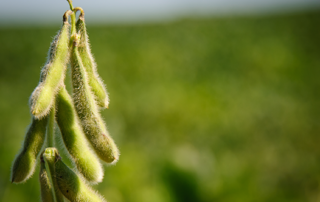
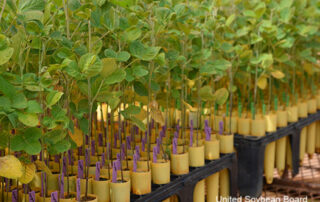
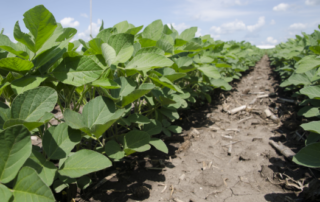
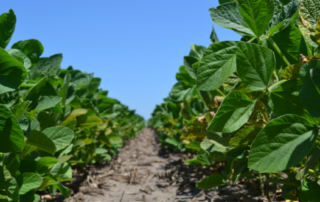
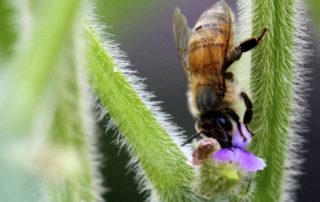
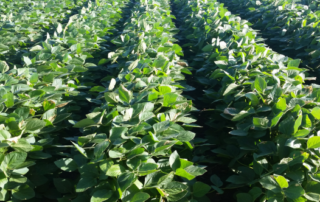
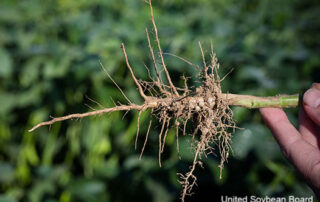
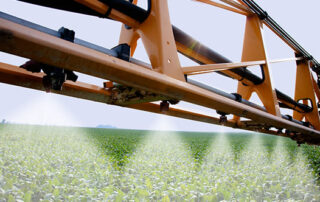
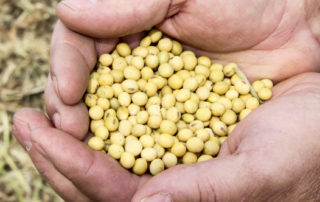
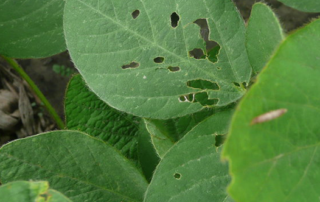



 and then
and then